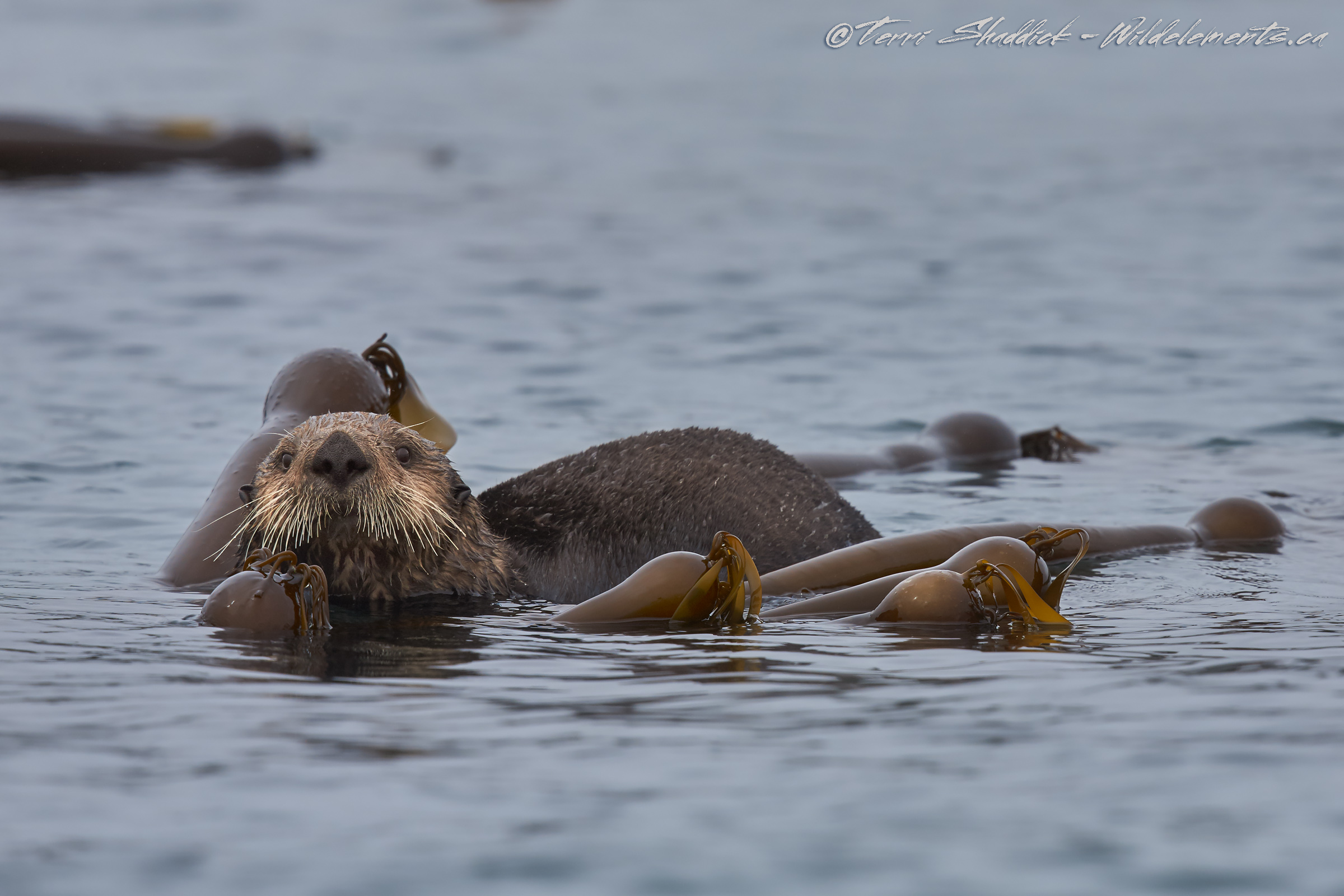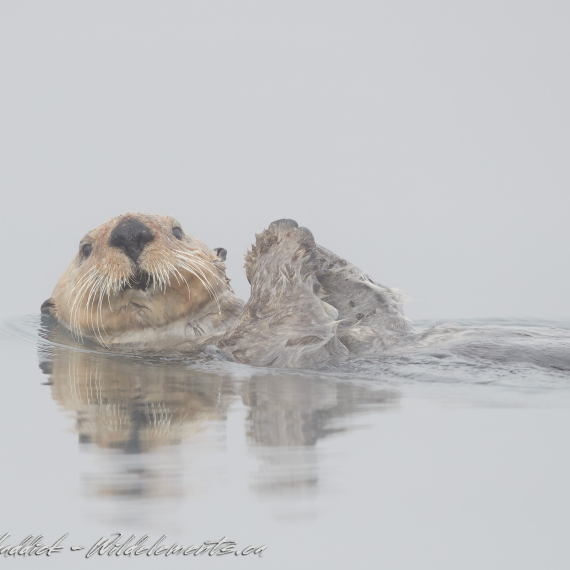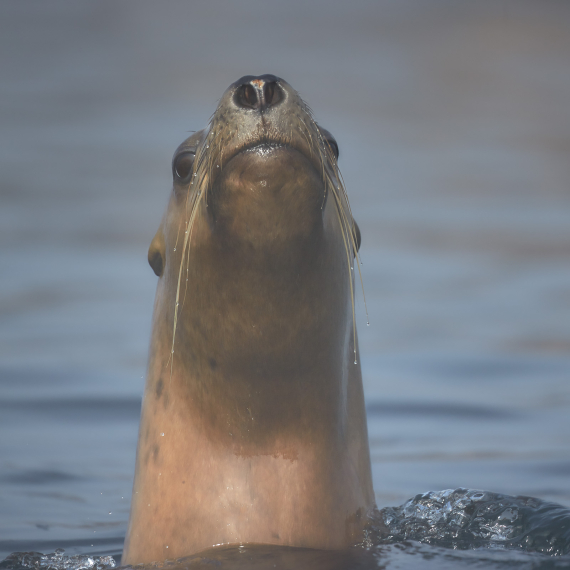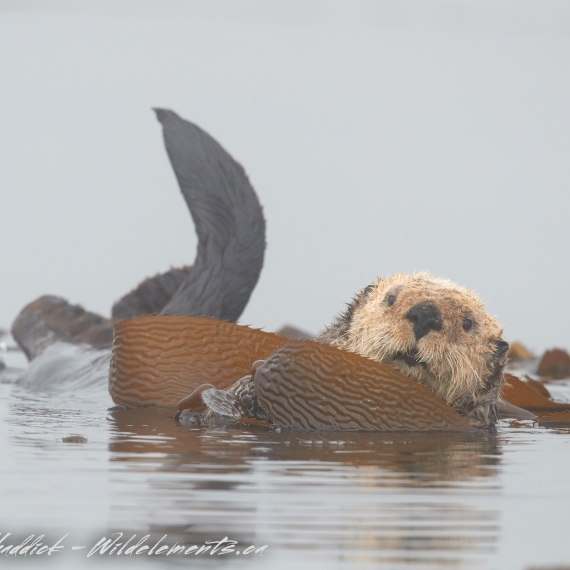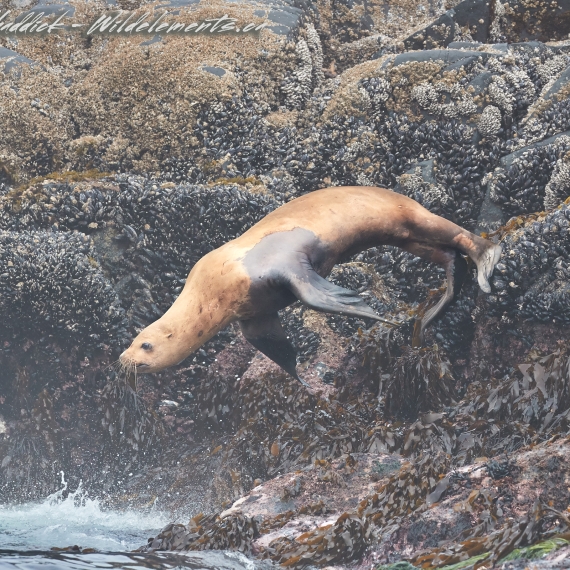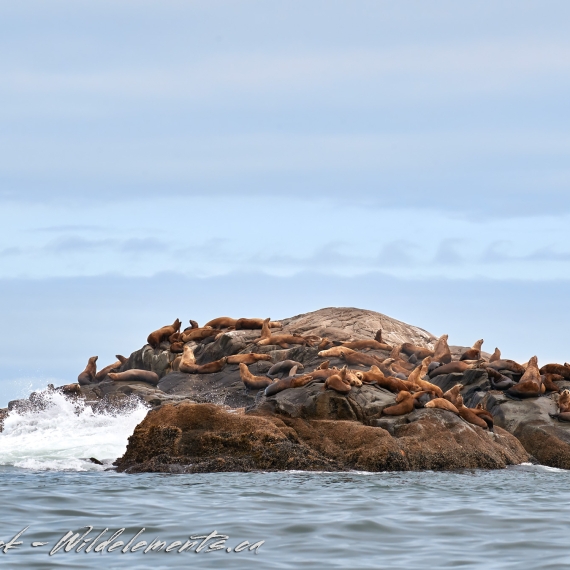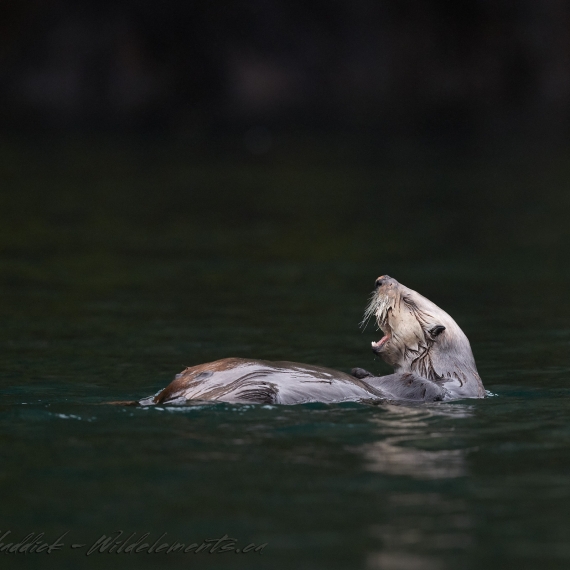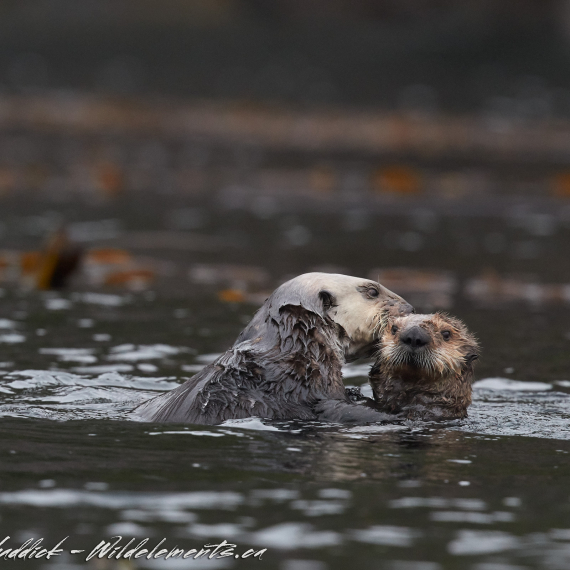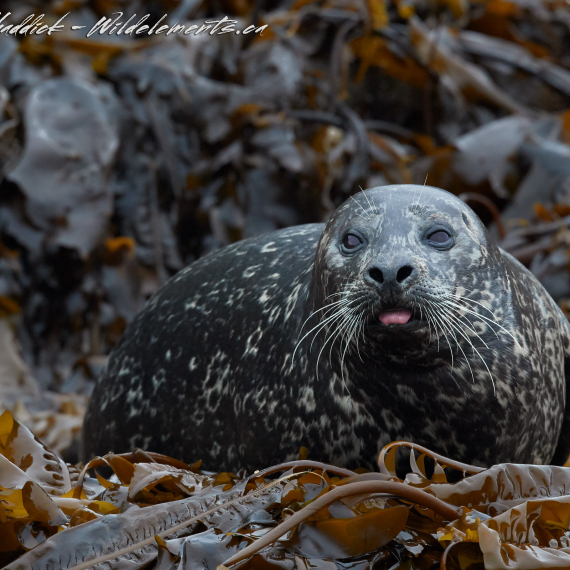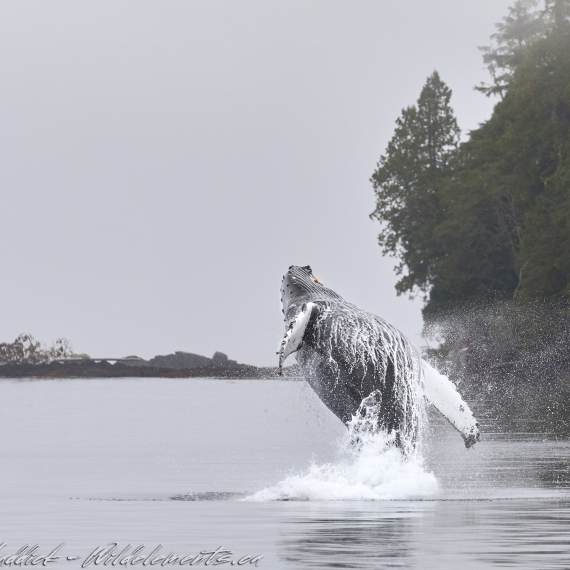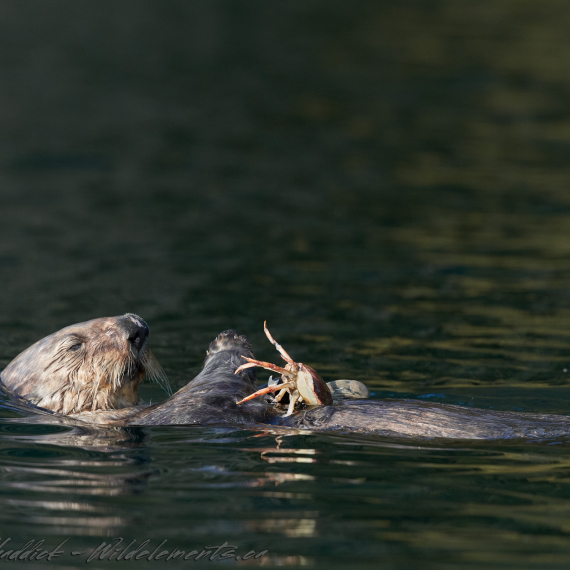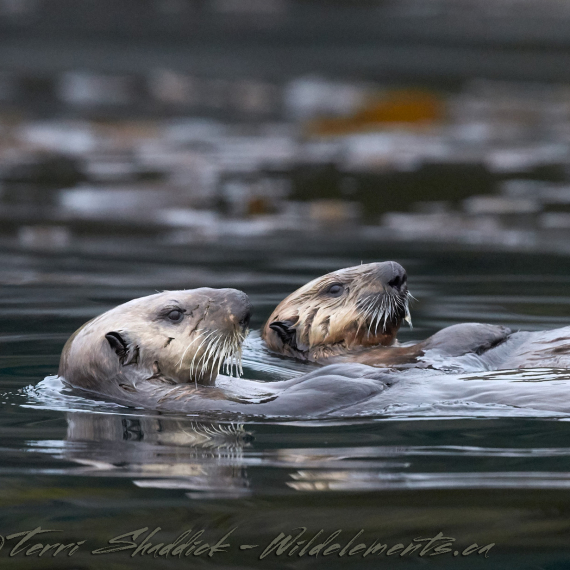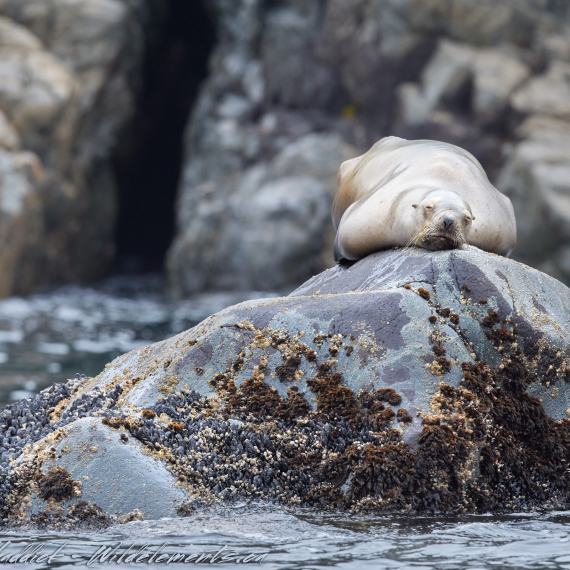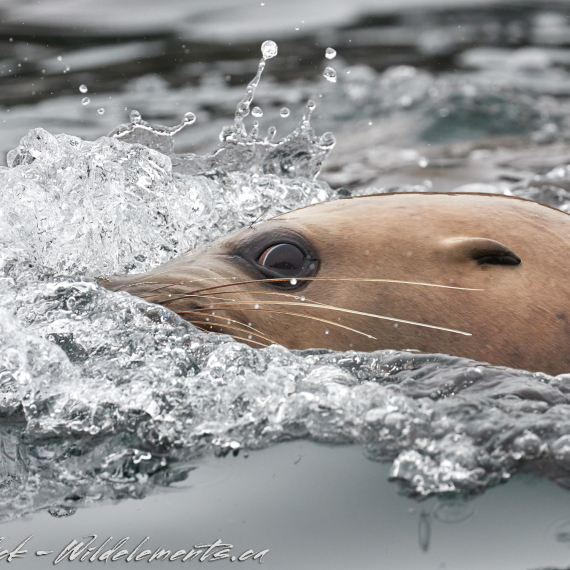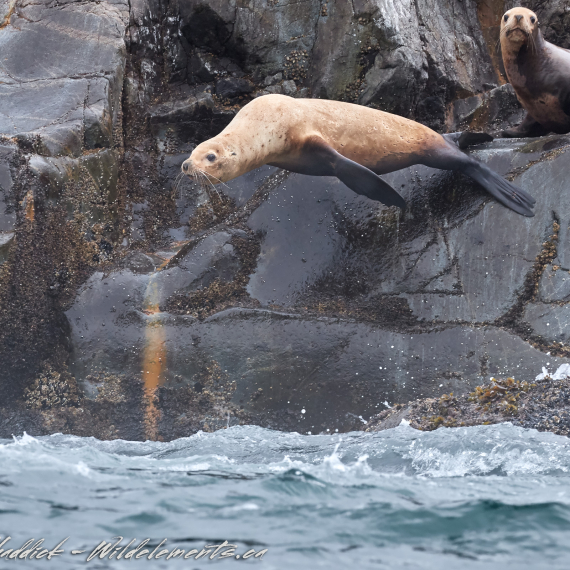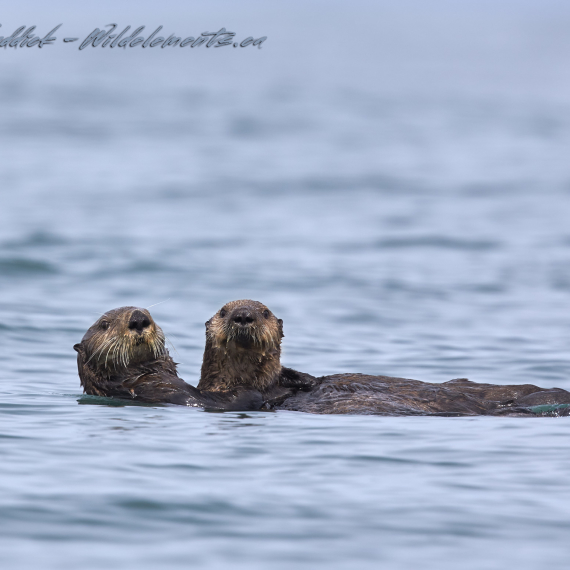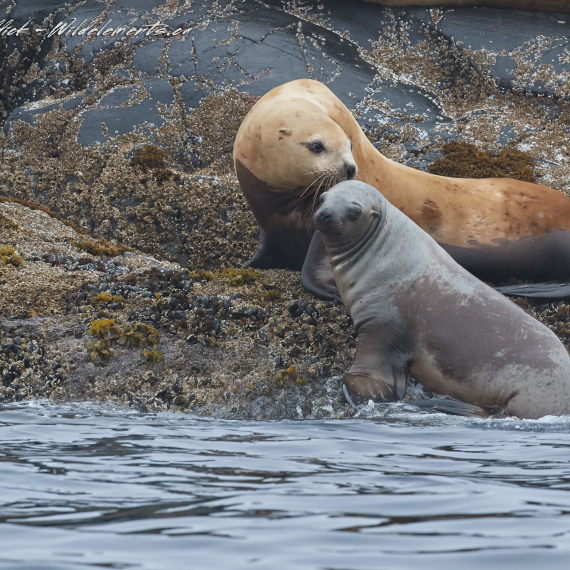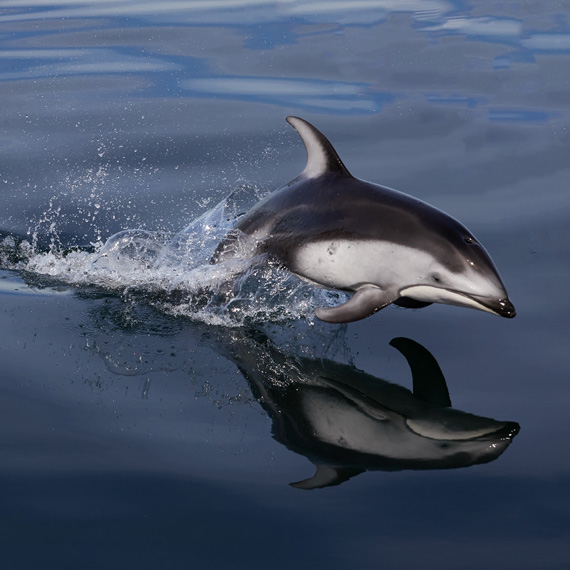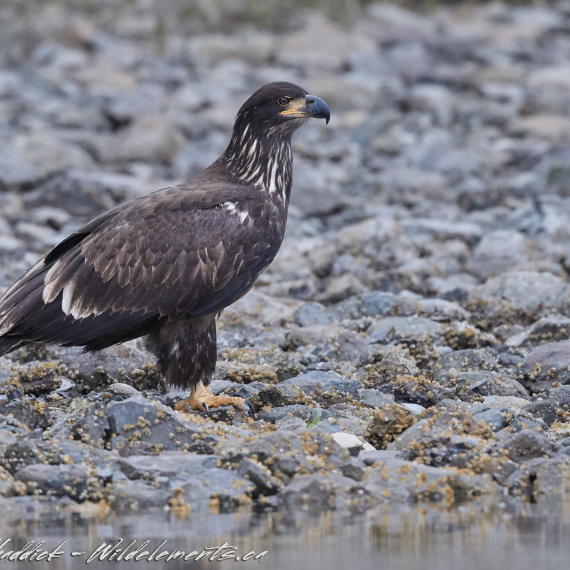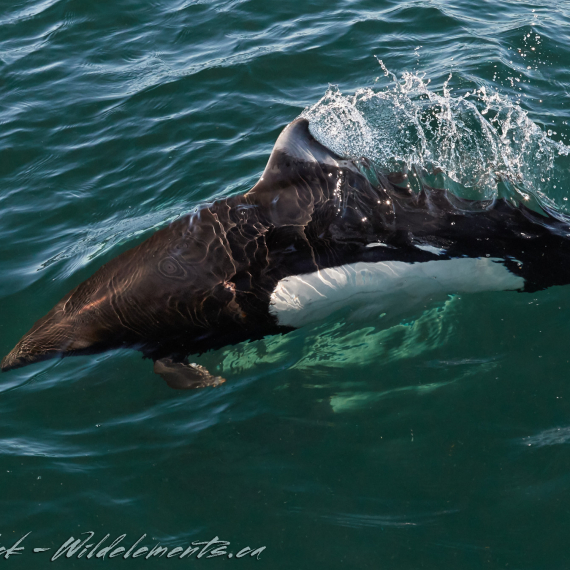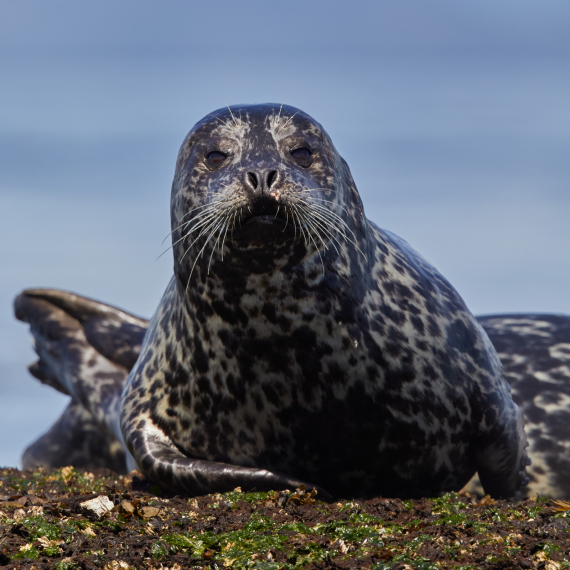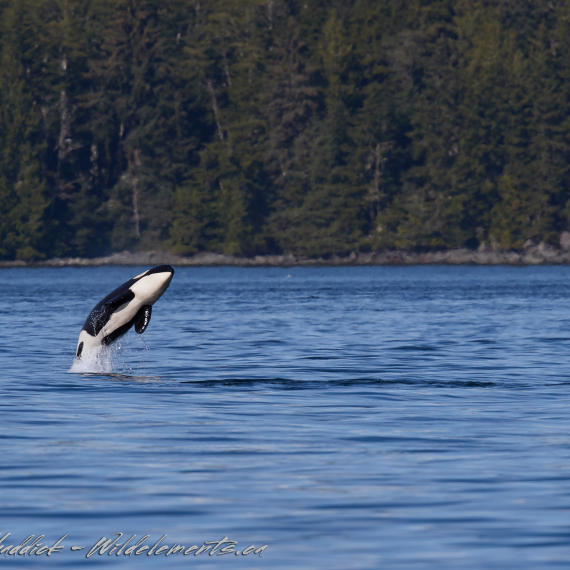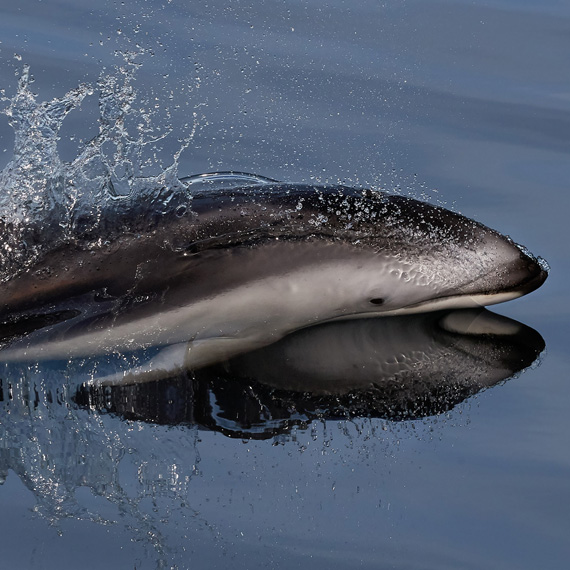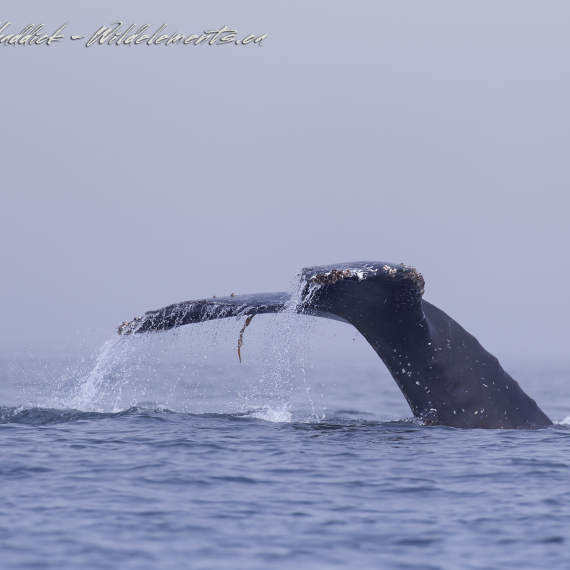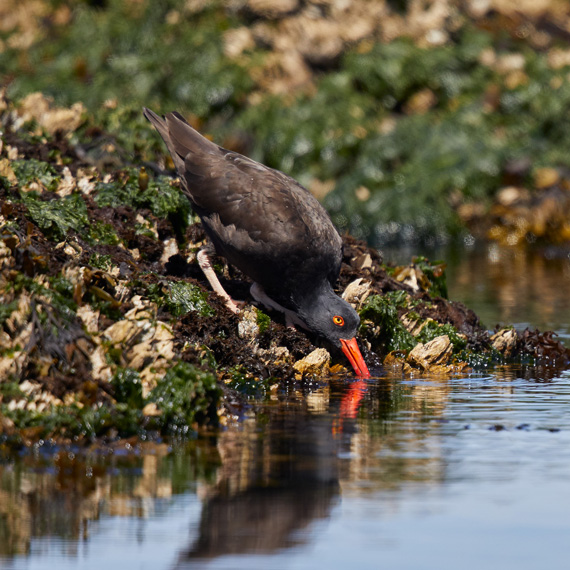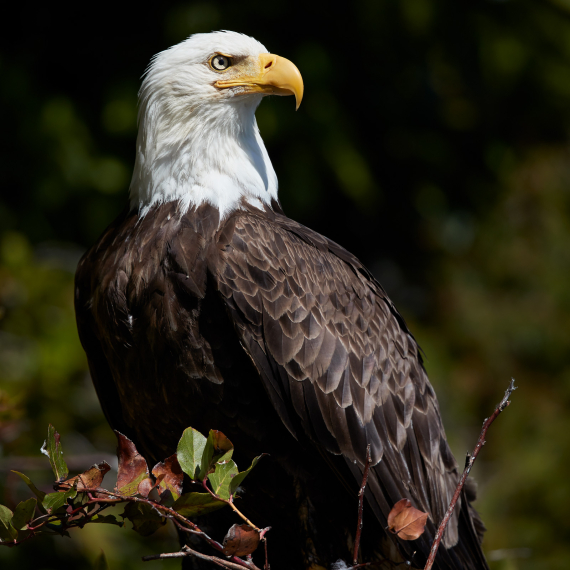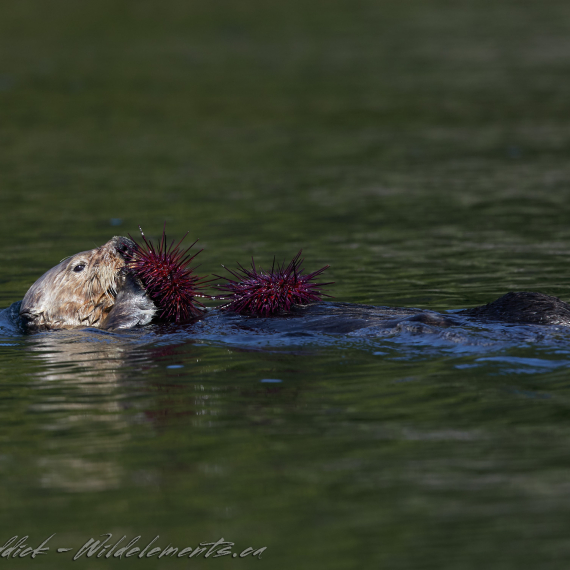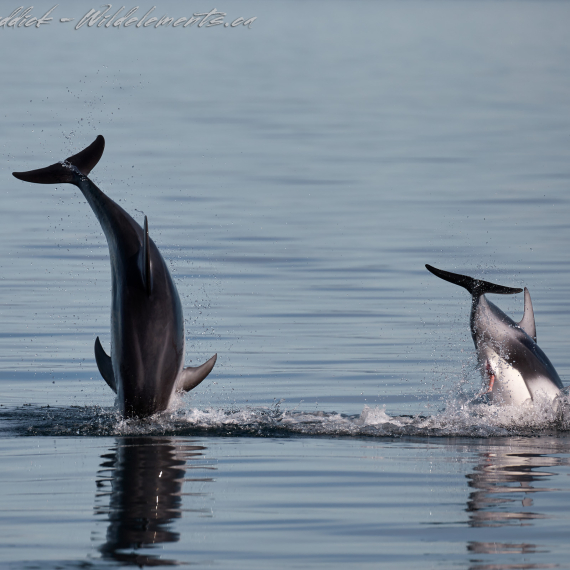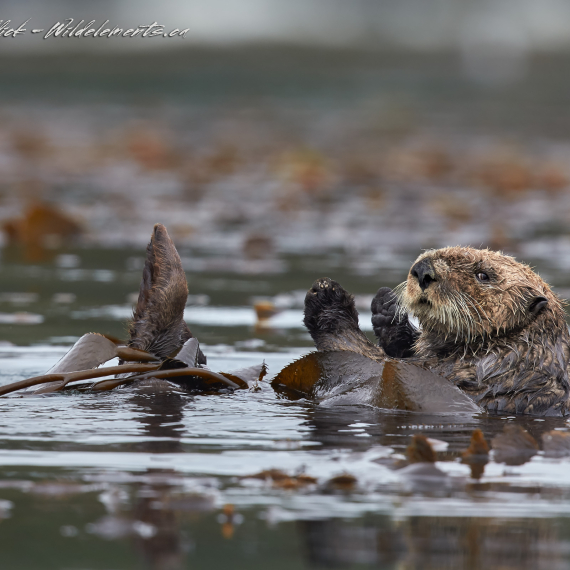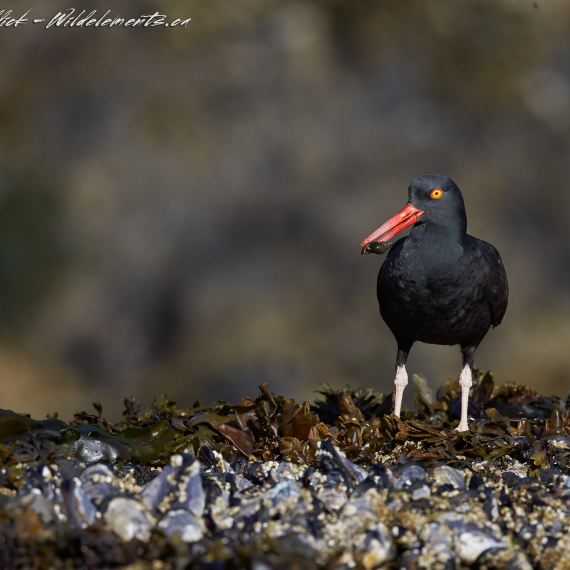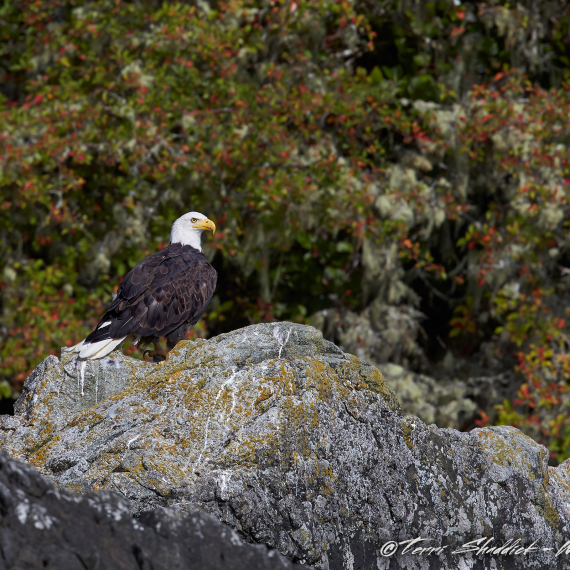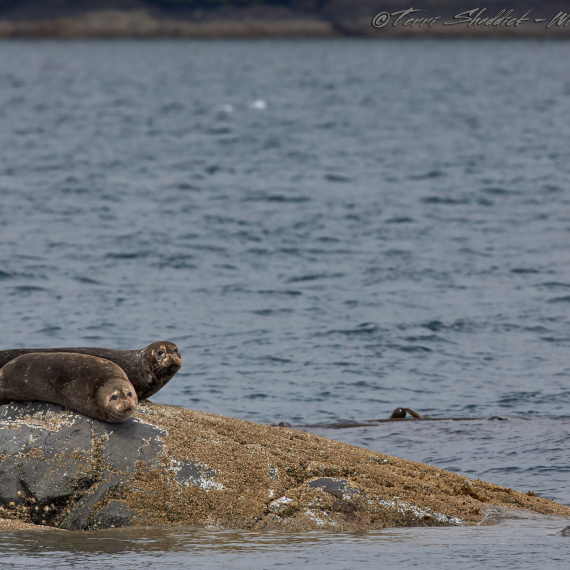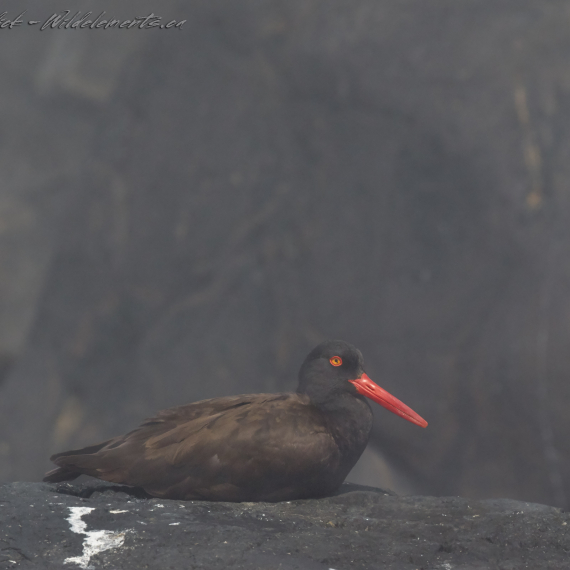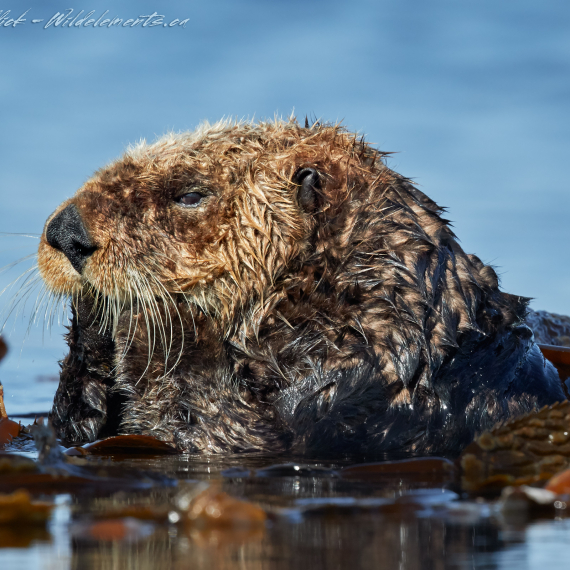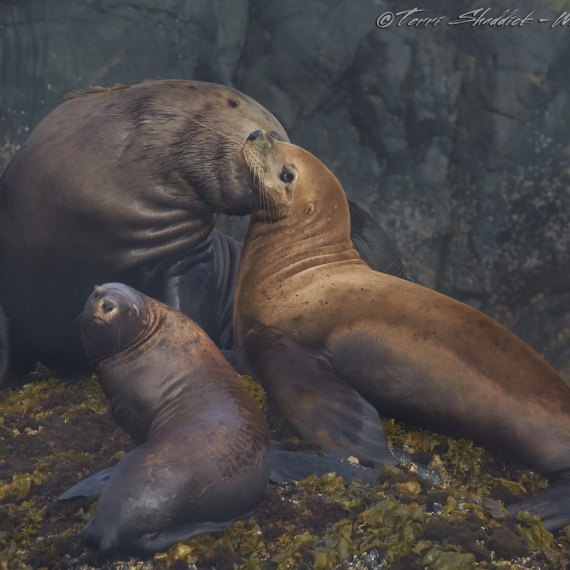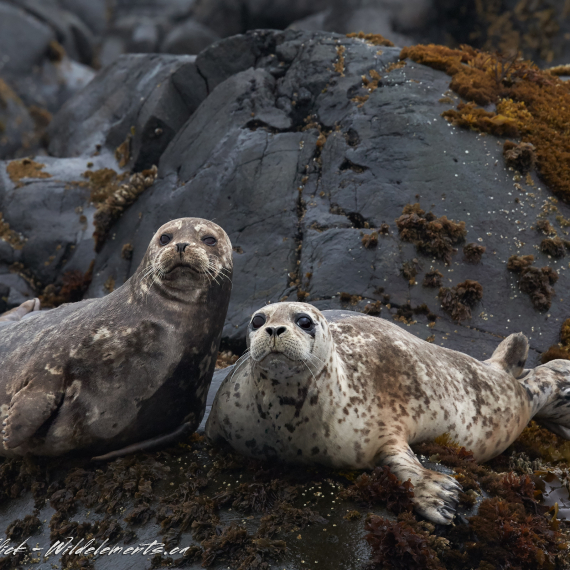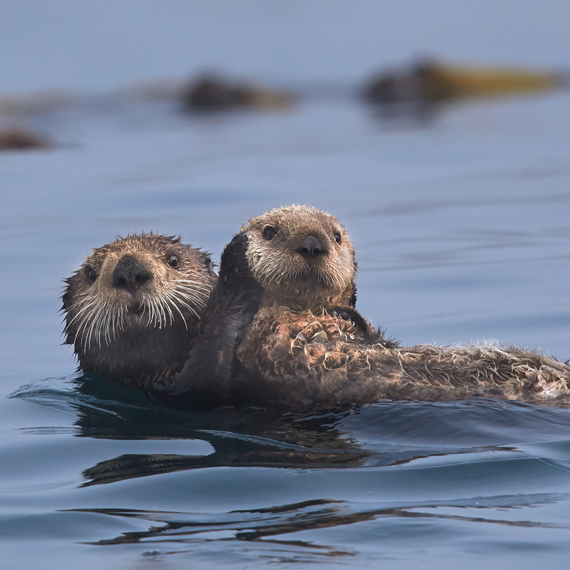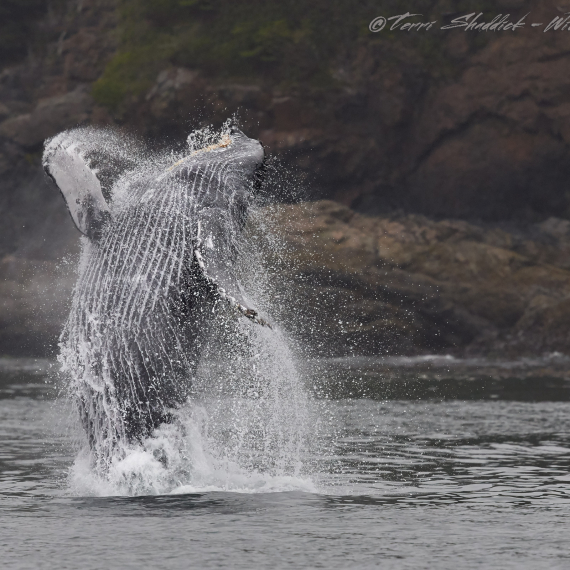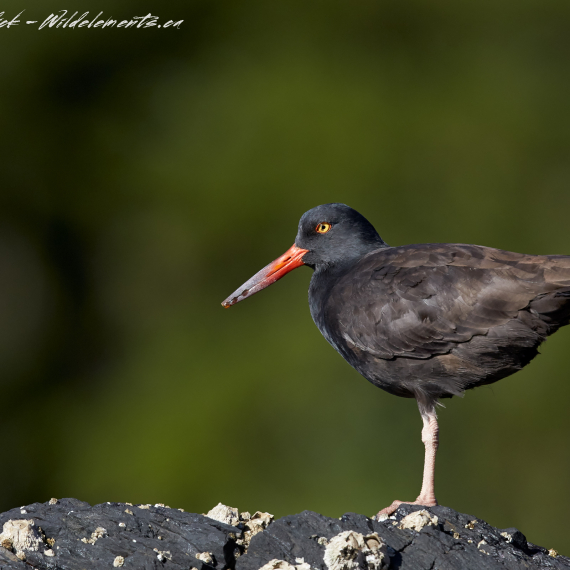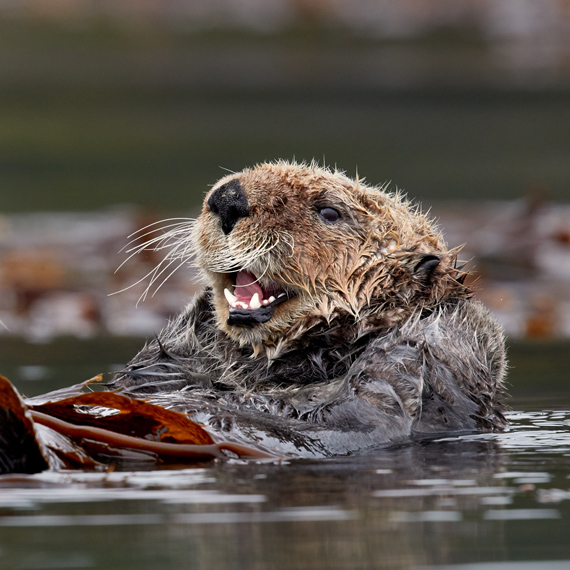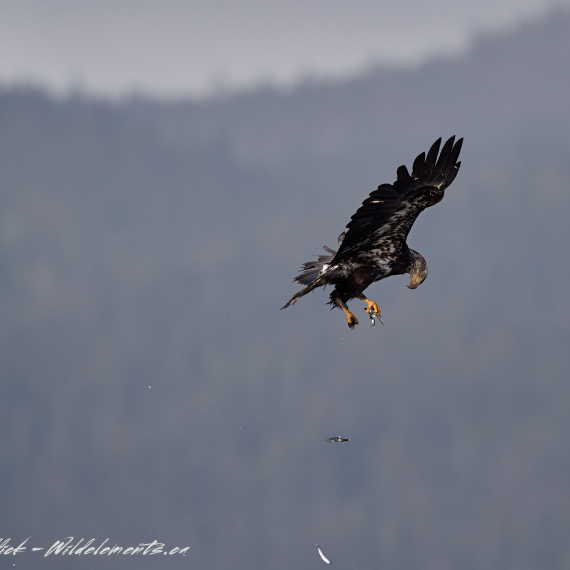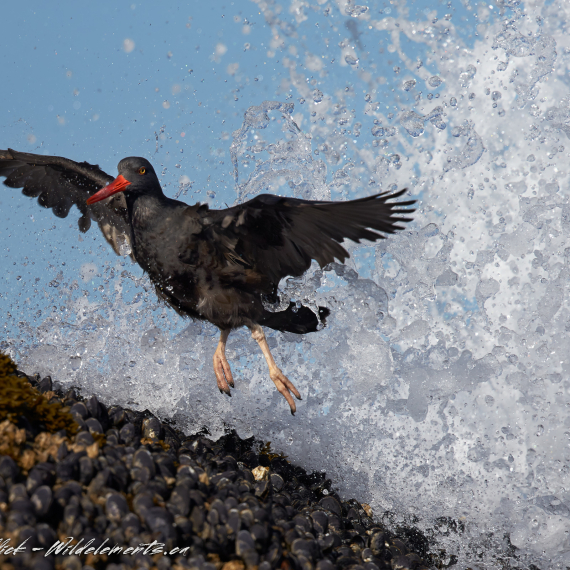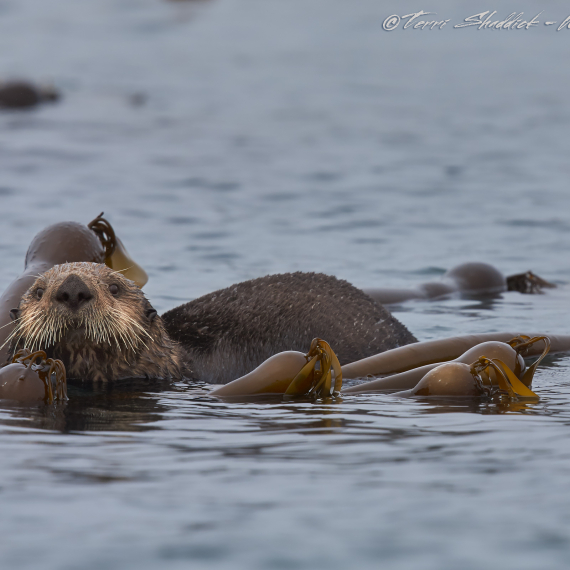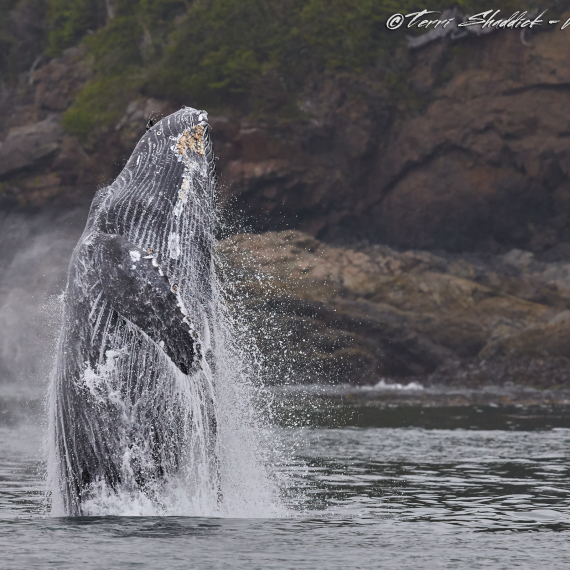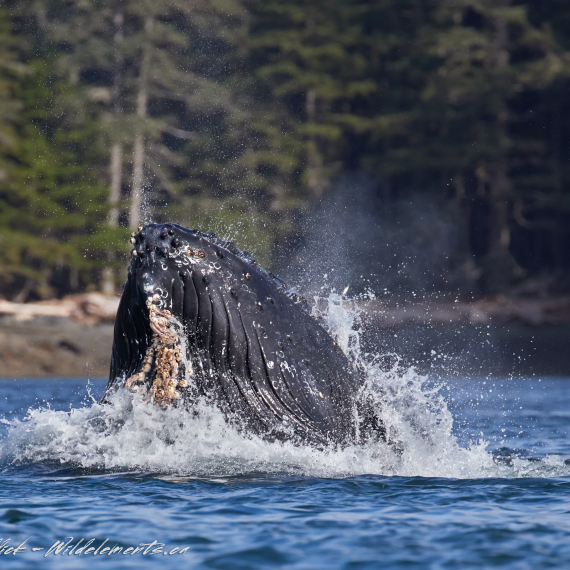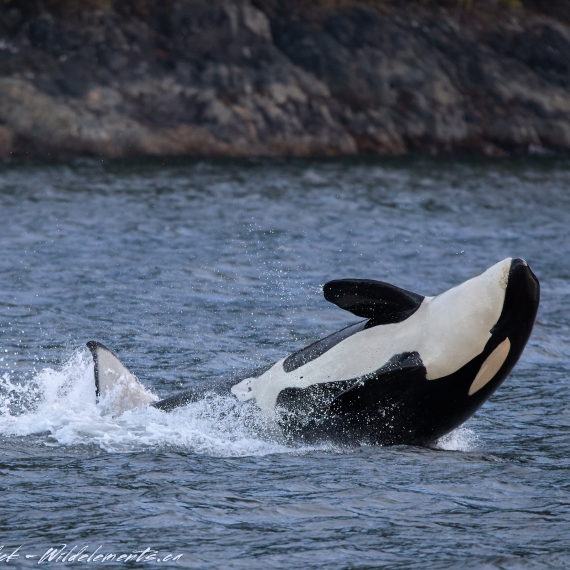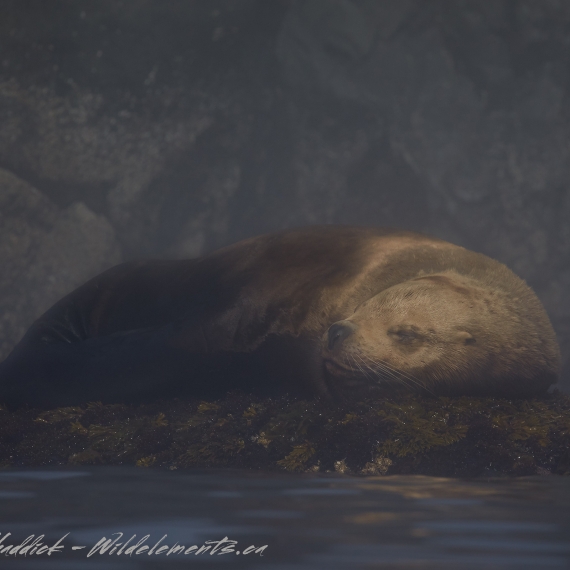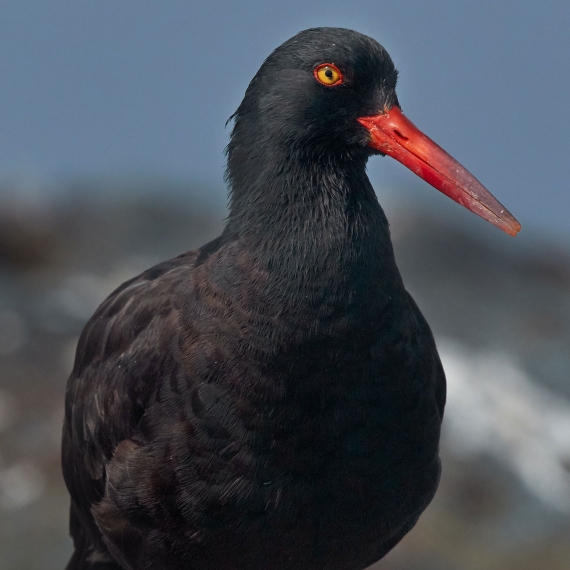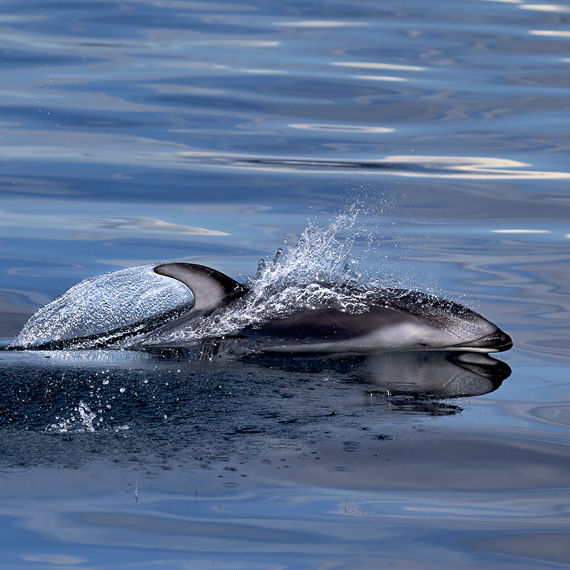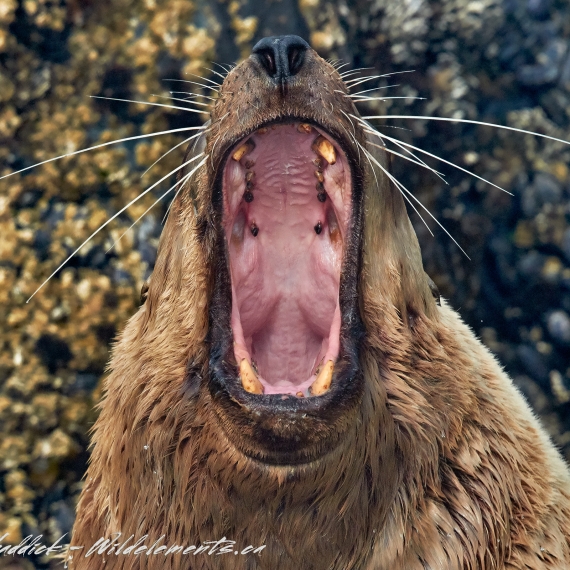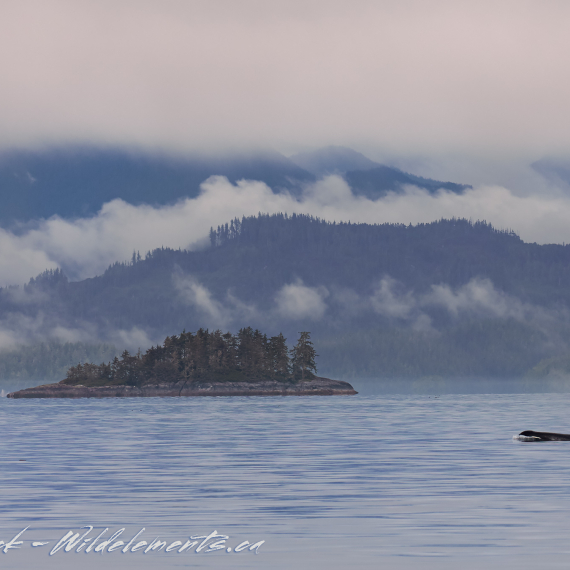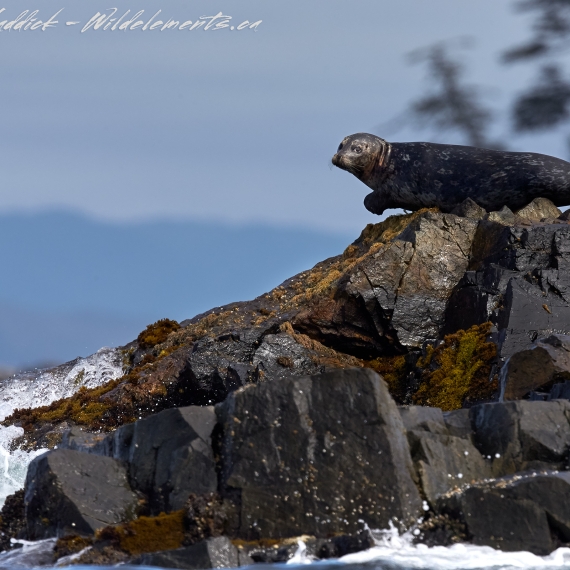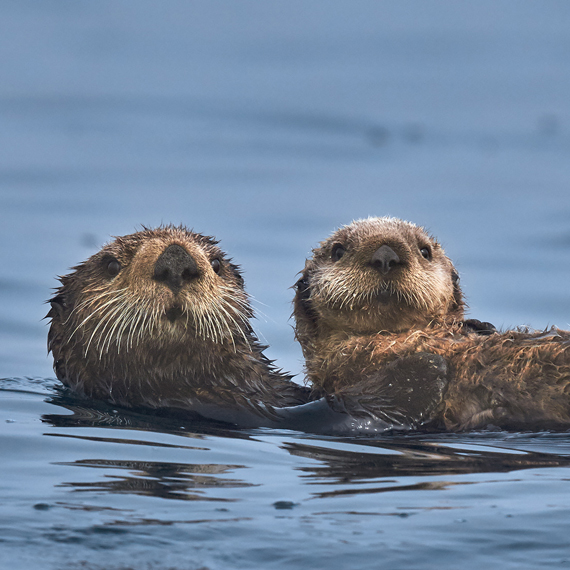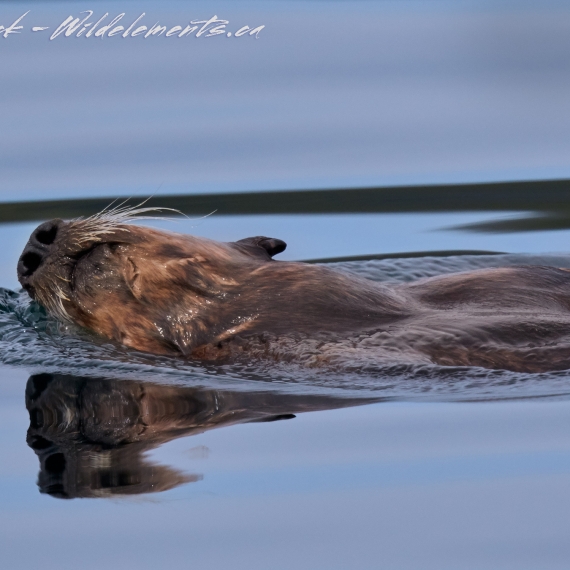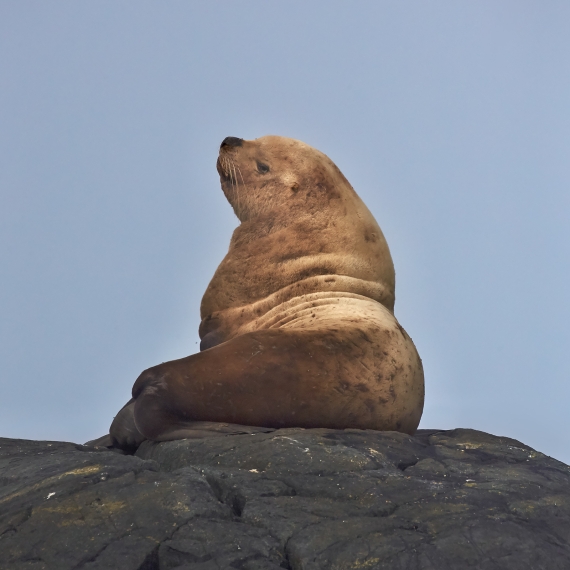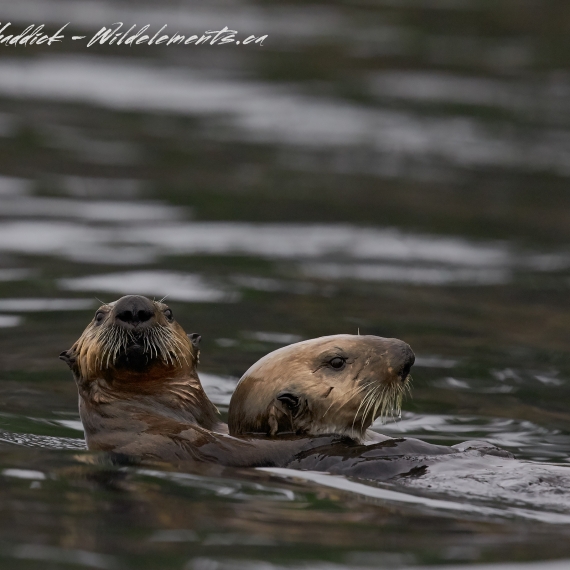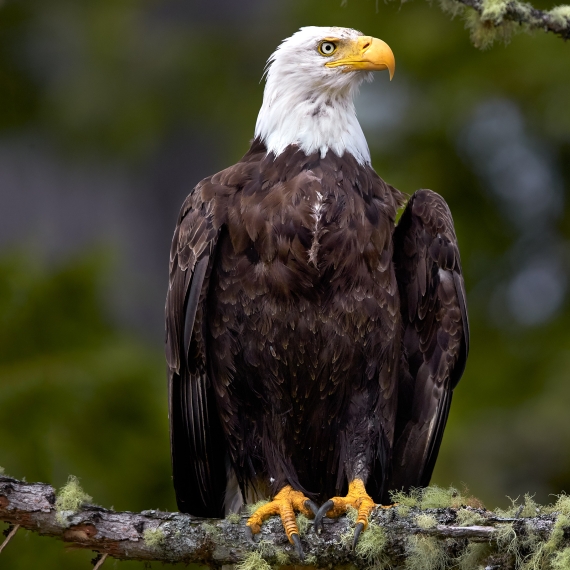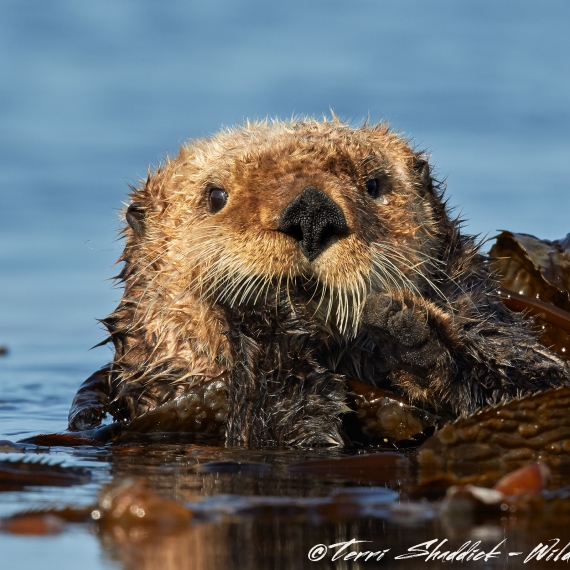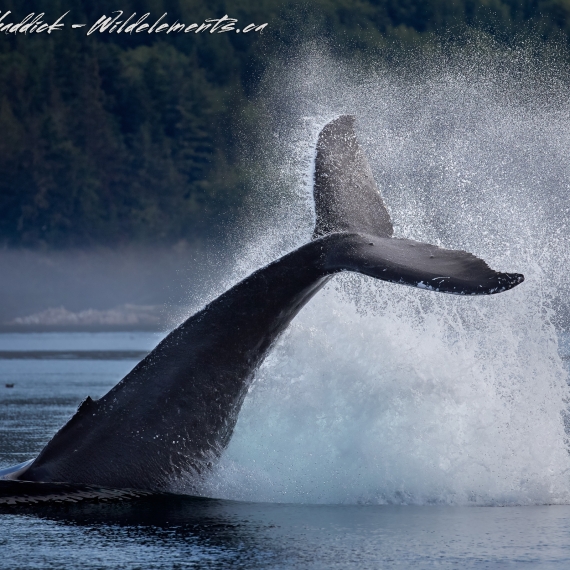Home | Marine Mammals | Lazing in Kelp
This image of a Sea Otter lazing in kelp shows two very crucial parts of the marine ecosystem, Sea Otters and Kelp.
Sea Otters are crucial to the existence of kelp forecasts in the marine ecosystem, for that reason Sea Otters are considered a keystone species. A keystone species is a species that is critical for other species in the ecosystem to survive. Other examples of keystone species in Canada include wolves and beavers.
The diet of Sea Otters which includes Sea Urchins, by eating these Urchins it helps keep the population in check, which therefore helps the kelp forests to thrive, otherwise the overgrowth of Urchins would destroy the kelp forests. It’s not just Sea Otters that use these kelp forests (as you can see in this image), but they are very important to the entire ecosystem and home to crabs, snails, and fish, some of which use these forests to escape predators.
If you are interested in purchasing this image, or any other images on my site, please contact me [email protected].
Taken: August 16, 2016
Location: Johnstone Strait, British Columbia
Camera: Canon EOS-1D X
Lens: Canon EF 500mm f/4L IS II USM + 1.4x Extender
Focal Length: 700mm
Aperture: f/8
ISO: 500
Exposure: 1/1250
About this Image
This image of a Sea Otter lazing in kelp shows two very crucial parts of the marine ecosystem, Sea Otters and Kelp.
Sea Otters are crucial to the existence of kelp forecasts in the marine ecosystem, for that reason Sea Otters are considered a keystone species. A keystone species is a species that is critical for other species in the ecosystem to survive. Other examples of keystone species in Canada include wolves and beavers.
The diet of Sea Otters which includes Sea Urchins, by eating these Urchins it helps keep the population in check, which therefore helps the kelp forests to thrive, otherwise the overgrowth of Urchins would destroy the kelp forests. It’s not just Sea Otters that use these kelp forests (as you can see in this image), but they are very important to the entire ecosystem and home to crabs, snails, and fish, some of which use these forests to escape predators.
If you are interested in purchasing this image, or any other images on my site, please contact me [email protected].
Taken: August 16, 2016
Location: Johnstone Strait, British Columbia
Camera Specs
Camera: Canon EOS-1D X
Lens: Canon EF 500mm f/4L IS II USM + 1.4x Extender
Focal Length: 700mm
Aperture: f/8
ISO: 500
Exposure: 1/1250


